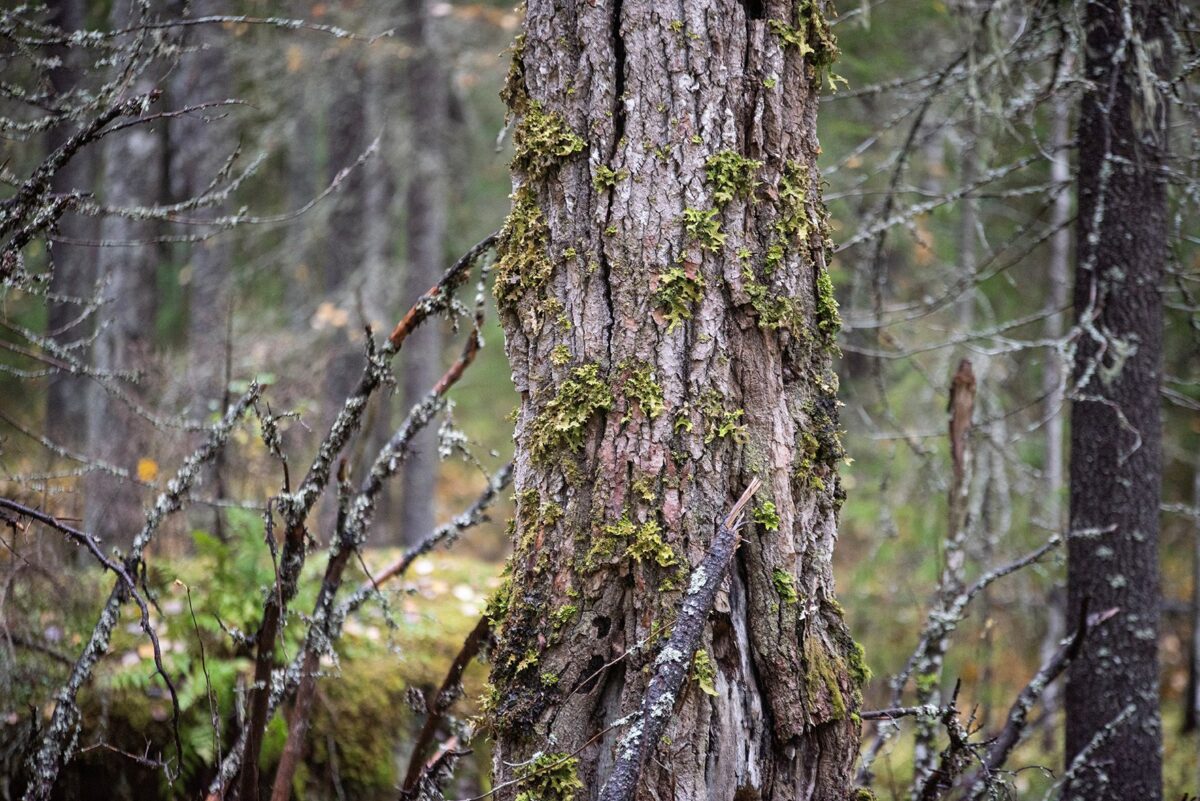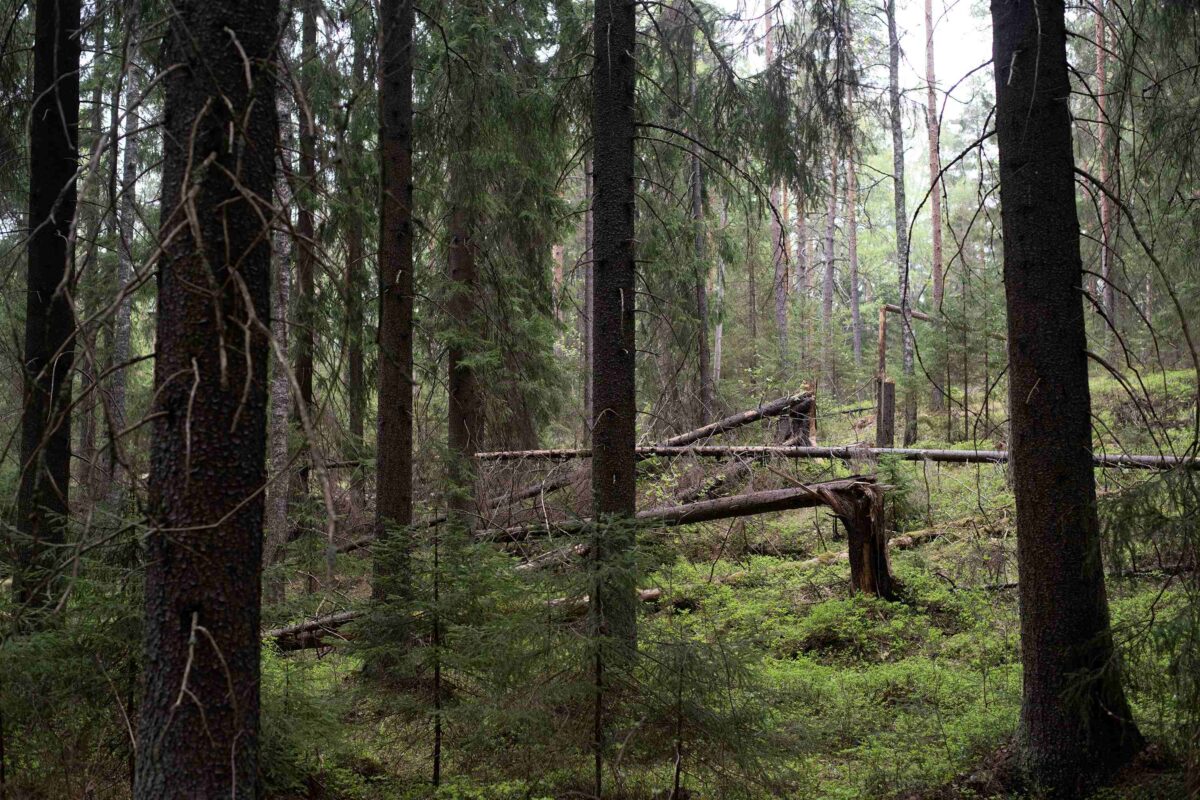Amount of deadwood doubled in 25 years – over 20,000 truckloads of wood left in forests each year

In recent years, the nature management of commercial forests has included the strive increase the amount of deadwood.
Between 1996 and 2022, the amount of deadwood in forests in Southern Finland has doubled, as is shown by a recent report by PEFC Finland. More deadwood has meant a better environment for threatened species, nearly 5,000 of which are dependent on deadwood.
The report concludes that the factor most probably underlying the increase of deadwood is the PEFC certification of forests. Finnish legislation does not require the sparing of retention trees and deadwood in connection with fellings.
PEFC Finland commissioned an assessment of the effect of the PEFC certification from the advisory and consulting company Tapio and the Pellervo Economic Research Institute. The report covered the period 2000–2023.

The Programme for the Endorsement of Forest Certification, PEFC for short, is an international forest certification system, which promotes the ecological, social and economic sustainability of forestry.
Established in 1999, the PEFC is the most widespread forest certification system in the world. Over 90 percent of Finland’s commercial forests are PEFC-certified. Forest certification ensures that the raw material of forest industry products comes from sustainably managed and utilized forests.
PEFC certification supports the vitality of forests and timber production, despite decreasing the volume of available wood.
25,000 truckloads of wood
According to the report, the average volume of retention trees and deadwood left in Finnish forests each year is close to one million cubic metres. To transport this quantity of wood would require about 25,000 timber trucks.
The requirements of the PEFC certification are complementary to forest legislation. To acquire a certificate requires, among other things, the sparing of retention trees and deadwood, leaving buffer zones along mires and waterways and protecting the populations of threatened species.
The amount of deadwood in forests has been attended to in recent years, as part of the nature management of commercial forests. Major forest companies have announced that they do not remove deadwood from forests.
Stora Enso pays forest owners a biodiversity bonus if they decide to leave more retention trees and high stumps on a harvesting site than are required by the PEFC certification.
Threatened species depend on deadwood
Retention trees are live trees permanently spared by the land owner. They make a significant carbon storage in Finnish forests. Retention trees are left to grow, die and decay in the forest.
The ecological value of retention trees increases as they age. In terms of biodiversity, large old trees are the most valuable among live trees. As they die, they turn into exceptionally valuable deadwood.
For many threatened species, the increase of deadwood is particularly important, as deadwood is where they live. Many insects, fungi and birds, among others, are dependent on deadwood to survive.

According to the report, PEFC certification has been a crucial factor in improving the living conditions of these species.
The report also points out where improvements are needed. The challenges are related both to leaving of buffer zones and to protecting waterways in connection with soil manipulation.
The burden caused to waterways by forestry has proved greater than was known until now. In particular, the drainage of upstream areas continues to deteriorate water quality significantly for longer than has been thought.
The report suggests that a part of the solution could be to give further training to forest professionals.